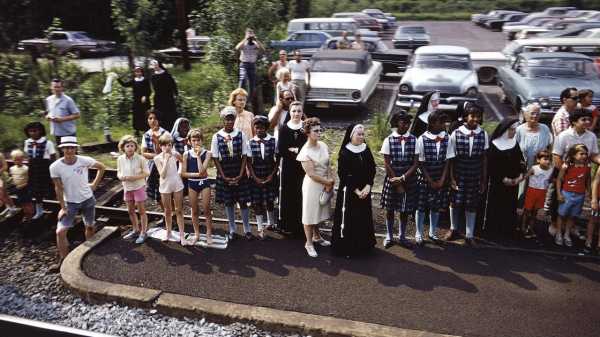
“Train: the final journey of RFK” is a witty, oddly enough
way, affecting the exhibition, which opened last month in San Francisco
The Museum of modern art. Although the train in question is one that
almost fifty years ago, was carrying the body of Robert Kennedy from new York
in Washington, D.C. for burial at Arlington cemetery, not
about Kennedy. A show about death—or, more precisely, on
the relationship between photography and death.
Their relationship had always been close. Photos Bart
wrote in “camera Lucida”, “it’s kind of primitive theatre, a kind of tableau vivant,
the image of the motionless and made-up face
under which we see the dead.” Movement is life, and the film is about
movement: for the study of movement this technology was invented movie. But
photos immobilizes. Pictures to pull a person out of time. And we
to take a picture. We present one day, looking at them, when
the people in them are no longer alive. Even when you look in the photo
some random person, anyone, a few years ago, somewhere in your mind
the thought creeps in: “and this man, probably already dead.”
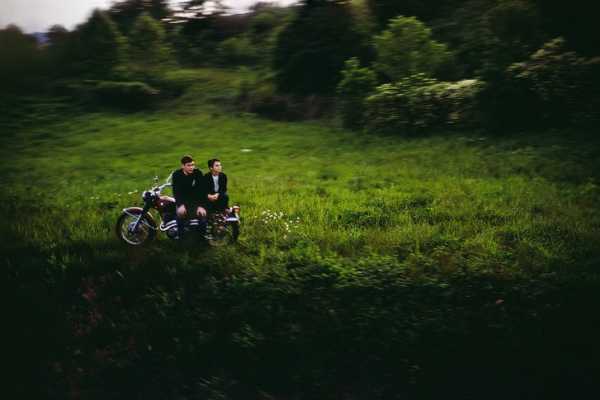
“Untitled” from the series “RFK funeral train”, 1968.
Photograph Paul Fusco / Magnum / courtesy Danziger Gallery
Robert Kennedy is dead. He was shot in the head at 12:15 am,
June 5 1968 in the kitchen of the Ambassador hotel in Los Angeles,
moments after declaring victory in the California Democratic primary. It
was campaigning for President, not even three months. He never
regaining consciousness, died the next day. His body was flown back to
New York, June 8, the funeral took place at St. Patrick’s
Cathedral. Immediately after this, the coffin was set by train
Washington.
The heart of the Museum show is a collection of twenty-one pictures
on Board the train with a photographer named Paul Fusco. It was
last-minute job to see where Fusco was the staff
photographer, and he suggested that his main task will be in Arlington,
where Kennedy was to be buried next to his brother John. But when
the train emerged from the Hudson river tunnel, Fusco was amazed to see
the people lining the tracks. He found a spot by the open window, and, for
at eight o’clock he took the train to get to Washington, he took a picture of
after pictures of the crowd that came to witness the body of Kennedy
carried to his grave.
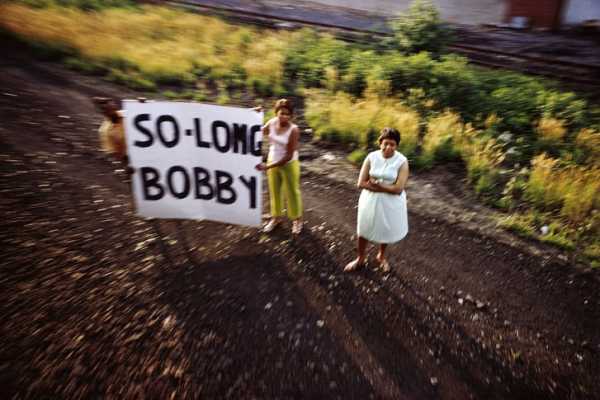
“Untitled” from the series “RFK funeral train”, 1968.
Photograph Paul Fusco / Magnum / courtesy Danziger Gallery
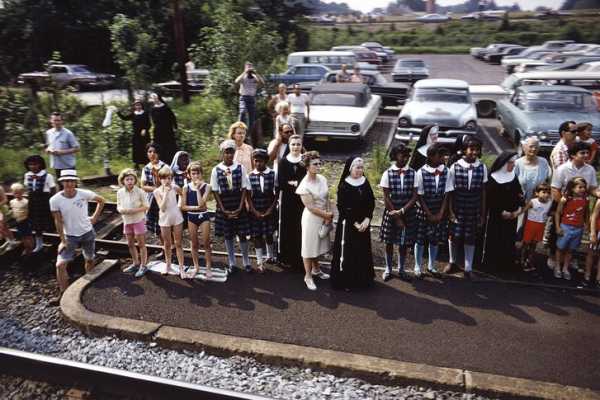
“Untitled” from the series “RFK funeral train”, 1968.
Photograph Paul Fusco / Magnum / courtesy Danziger Gallery
These pictures eventually became best known works
photojournalism from what was the Golden age, the era of big
mass circulation picture magazines: life, Look, Saturday
Evening post, Paris match, and stern. Fusco carried three cameras
with him on the train: dual cameras Leica rangefinder and Nikon S. L. R.
Almost all the shots, he used Kodachrome film, and he went
thousands of pictures. By the end of the journey, as dusk fell, his
the exposure time to one second.
Trains in the northeast corridor does not pass through the superior
neighborhoods. People who spontaneously turned out to see
funeral train pass by Kennedy biographer Evan Thomas says there was
million was, in appearance, mostly working class, and there were white
and African-Americans often standing in a cluster together. In 2018
looking back on these images as the train approaches the terminal and
the light begins to fade, you realize that you are watching the finals
watch great Democratic coalition that dominated American
policy after the election of Franklin Roosevelt in 1932—a coalition of
what will collapse in six months after the election of Richard Nixon,
and who is now dead, like Robert Kennedy.
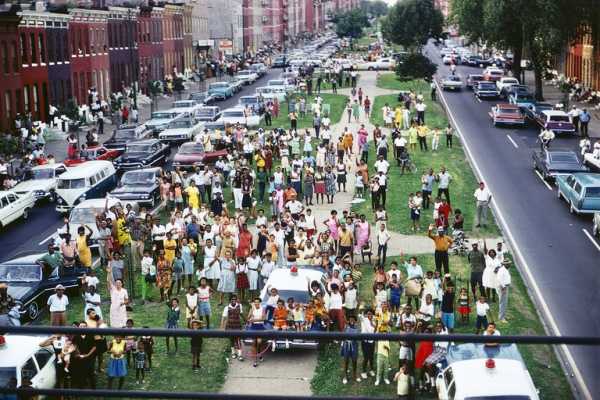
“Untitled” from the series “RFK funeral train”, 1968.
Photograph Paul Fusco / Magnum / courtesy Danziger Gallery
Photos of Fusco amazing in all respects. Technically,
on Kodachrome film produces very rich images. It was a hot day,
but it was June, and the light—Fusco seems to have been shooting people
on the West side of the track that should be a problem, as
for the sun in the sky is almost tangible, weighty presence.
As for the faces, it was the emotion that brought people to
standing, waiting, sometimes for hours, beside the tracks in the heat and
these emotions are easy to read. Fusco must have realized that this person
what he wanted, and he compensated for the movement of trains
focusing on one person and moving the camera, when he pressed
shutter, so that individuals often fall into the focus on
the slightly blurred background. There is nudity in them, which is rare
in the state—these people don’t think that someone is watching them—
nudity that many photographers have tried to capture. Here it is.
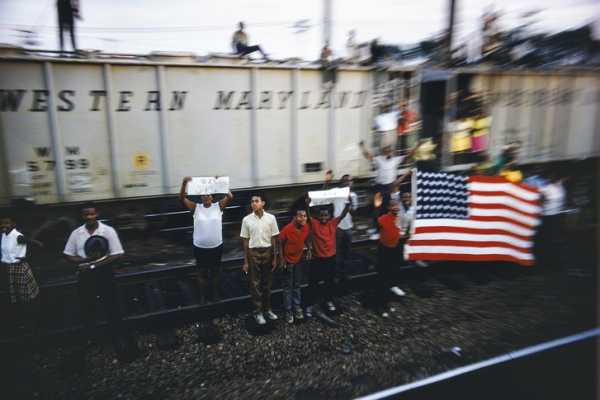
“Untitled” from the series “RFK funeral train”, 1968.
Photograph Paul Fusco / Magnum / courtesy Danziger Gallery
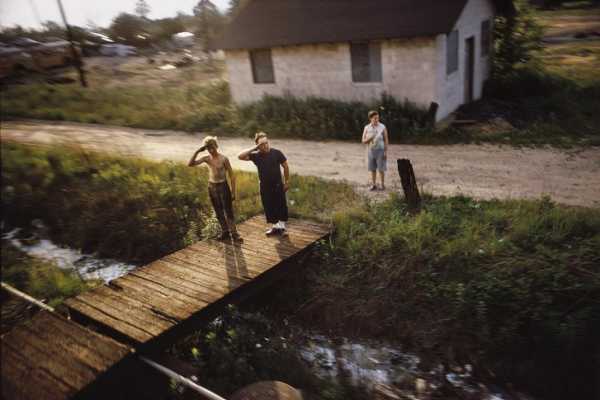
“Untitled” from the series “RFK funeral train”, 1968.
Photograph Paul Fusco / Magnum / courtesy Danziger Gallery
All but two photos Fusco remained unpublished for thirty
years. This appears to be a consequence of the fact that the opinion was
biweekly publication and its main competitor, life was a weekly, so
next issue came out, the funeral of Kennedy
was covered already in another place. View printed two Fusco
pictures in black and white.
The pictures remained virtually unknown until 1998, the thirtieth
anniversary of the assassination, when the selection was published in
George, political and life style monthly he founded and edited
John Kennedy, Jr., Robert’s nephew (who would die in the crash
the plane he was piloting, a year). Some of the images were published
in a small-press book in 1999, and then, in 2008, on the fortieth
anniversary, they were published by aperture, and this release brought
them to the attention of other photographers and artists.
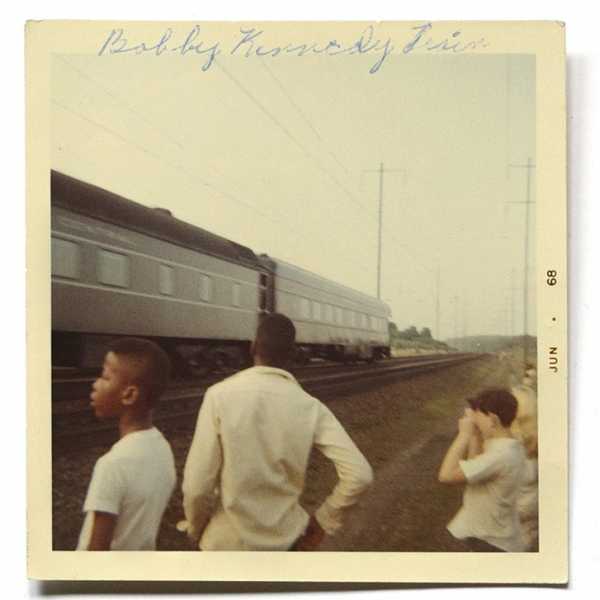
“Elkton, Maryland” 1968; from rein Jelle Terpstra “kind of people” (2014-18).
Photo Annie Ingram / courtesy of Melinda Watson
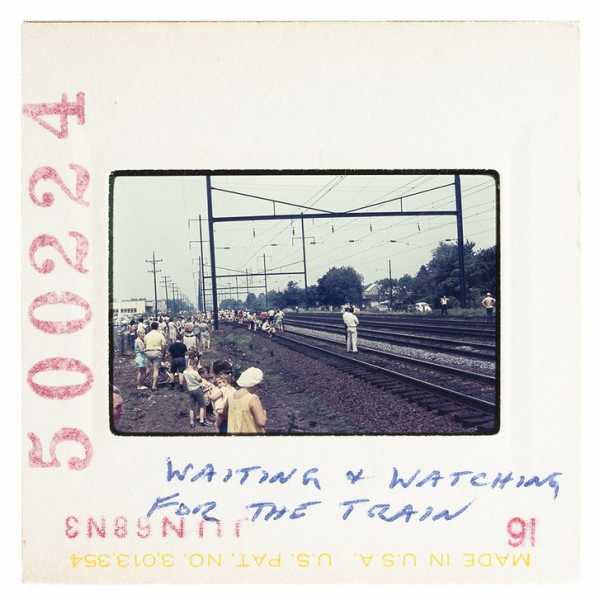
“Tullytown, Pennsylvania,” 1968; from rein Jelle Terpstra on “popular opinion.”
Photos of William F. Wisnom, senior / CourtesyLeslie Dawson
What’s smart Museum show, curated by clément
Chéroux and Linde Lehtinen, is that it complements the photos Fusco with two riffs on them.
The first Dutch artist rein Jelle Terpstra, who was inspired by
to the 2008 Edition of the diaphragm and realized that a lot of people
Fusco removed from the train behaved for the cameras. They
photographed too. Terpstra spent four years hunting down a lot
these Amateur photos and collecting their photos, slides,
and home movies.
Image technically completely different from the prints Fusco. In
colors on the images are not faded, and images on slides
tiny. The work is almost conceptual: the adventure of recovery
photos, not the photos themselves that make artistic experience.
The most vivid pictures of super 8 films (digital show) from
the great black train, a little intimidating reminder of what it is
state funeral we are watching.
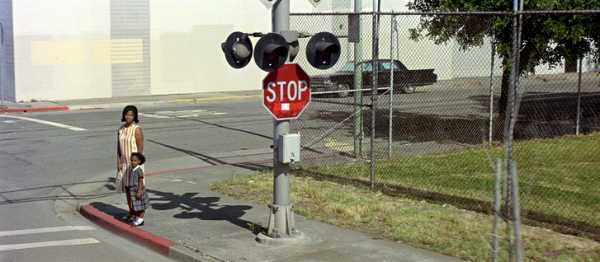
“June 8, 1968,” 2009.
Photo Philippe Parreno / courtesy of Maya Hoffmann / LUMA Foundation
Another riff was made in 2009 by French artist Philippe Parreno:
the reconstruction of the train. Parreno have hired people to dress in
period clothes and stand by the side of the track, and then
shot them from a passing train. The film he produced about seven
minutes.
It should never have worked, but it’s not. For technical reasons, Parreno
finished shooting a big movie in California, and the landscape
obviously the West coast. The wrong side is the trace of the aura of the crowd in
the original pictures, despite the costumes, no. But, shooting
70-mm. film, Parreno captured light effects that make Fusco
the images are so lush.
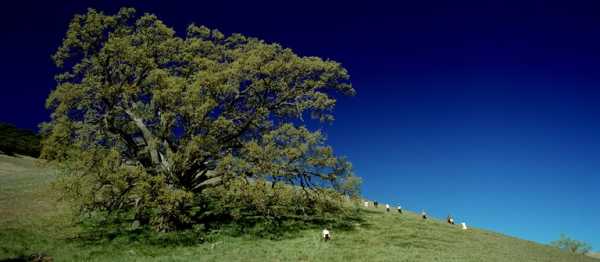
“June 8, 1968,” 2009.
Photo Philippe Parreno / courtesy of Maya Hoffmann / LUMA Foundation
Parreno realized that Fusco was trying to do with the person and
he managed, brilliantly, to embed photographic images
in fact still lives in the cinematic world. He did it
having his “actors” to remain perfectly still, so they seem to be frozen in
time as the train rumbles along and the trees blow in the wind. They
as a phenomenon. It’s as if, fifty years later, Kennedy
the witnesses came back, as they once were. When the train passed,
they disappear again. And so, very soon, we will. And
terrible finale special show!
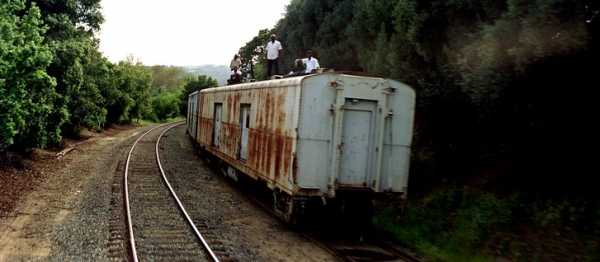
“June 8, 1968,” 2009.
Photo Philippe Parreno / courtesy of Maya Hoffmann / LUMA Foundation
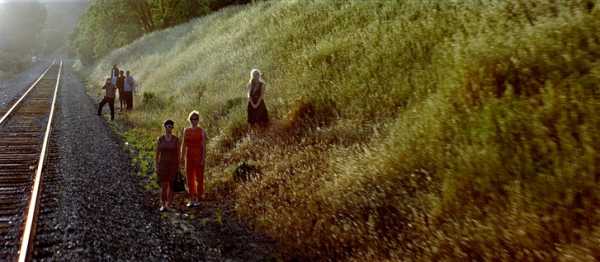
“June 8, 1968,” 2009.
Photo Philippe Parreno / courtesy of Maya Hoffmann / LUMA Foundation
Sourse: newyorker.com






